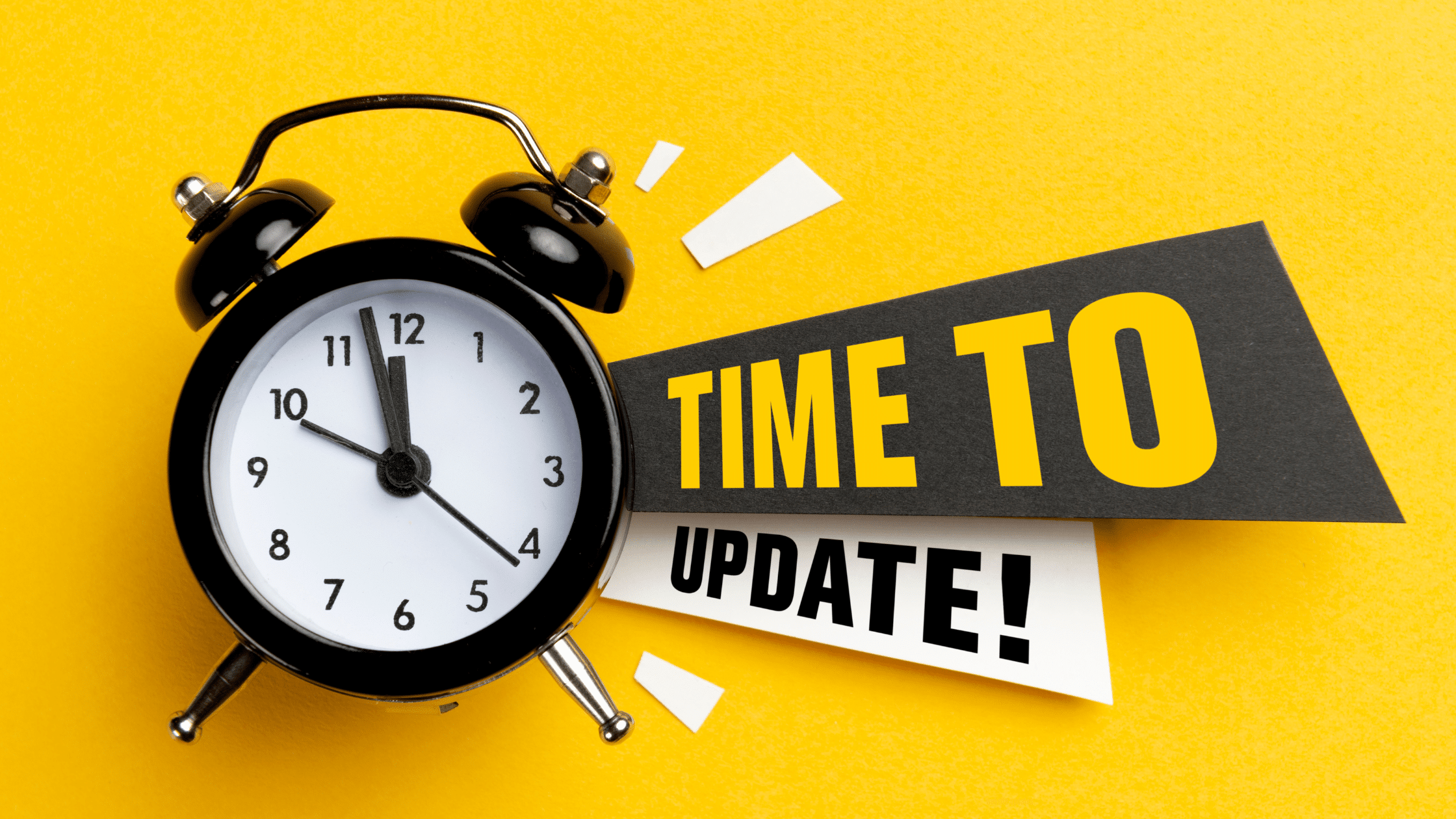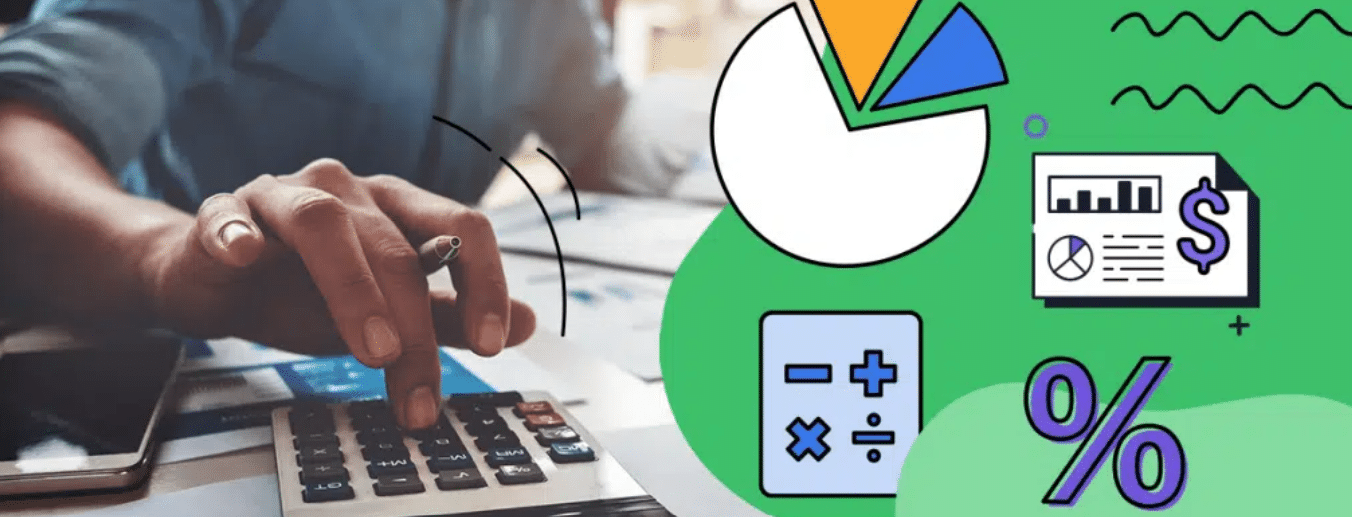Did you know that over 80% of customers research online before ever stepping foot into a dealership? In today’s world, your website is more than just an online presence; it’s the digital storefront of your lawn mower and tractor dealership. Just as you wouldn’t let your physical showroom gather dust or display outdated products, your website needs the same level of care and attention.
A well-maintained website not only showcases your current inventory and services but also builds trust and credibility with potential customers. In a market where competition is fierce, having an up-to-date website is essential for attracting and retaining customers. This blog will explore why regularly updating your dealership’s website is a critical component of staying competitive and driving sales in the lawn mower and tractor industry. From improving user experience to boosting search engine rankings, we’ll cover the key reasons why keeping your website fresh and relevant should be a top priority.
Enhancing Customer Experience
First Impressions Matter
When potential customers visit your dealership’s website, their first impression can make or break their decision to engage further. A modern, user-friendly design is crucial in capturing their attention and encouraging them to explore your offerings. Just as a well-organized and visually appealing physical showroom draws people in, your website’s design should reflect the professionalism and quality of your dealership.
An outdated website with clunky design elements, broken links, or irrelevant content can quickly turn visitors away. In today’s competitive market, customers expect a seamless online experience, and if your website doesn’t meet their expectations, they are likely to move on to a competitor’s site. A fresh, contemporary design signals that your dealership is up-to-date, trustworthy, and ready to meet their needs.
Mobile Responsiveness
In an era where mobile devices account for a significant portion of online traffic, ensuring your website is mobile-friendly is no longer optional—it’s essential. Statistics show that more than half of all internet traffic comes from mobile devices, and this trend continues to grow. For lawn mower and tractor dealerships, this means that many potential customers are browsing your inventory, reading reviews, and even making purchasing decisions from their smartphones or tablets.
A mobile-responsive website adapts to different screen sizes, providing a smooth browsing experience regardless of the device. If your site is difficult to navigate on a mobile device, you risk losing a significant portion of your audience. Mobile-friendly updates not only improve user experience but also contribute to better search engine rankings, as Google prioritizes mobile-optimized sites in its search results.
Navigation and Speed
Beyond aesthetics and mobile compatibility, the ease with which customers can navigate your website plays a crucial role in their overall experience. A well-organized menu structure allows visitors to quickly find the information they’re looking for, whether it’s product details, service options, or contact information. Clear and intuitive navigation helps reduce frustration and keeps users engaged with your content.
Website speed is another critical factor. In today’s world, users expect websites to load quickly. Studies show that if a page takes longer than three seconds to load, the majority of users will abandon it. Slow websites not only lead to higher bounce rates but also negatively impact customer satisfaction and your dealership’s reputation. Regularly optimizing your site’s performance ensures that it runs smoothly and efficiently, keeping visitors on your site longer and increasing the likelihood of conversions.
Boosting Search Engine Rankings (SEO)
Fresh Content for Better Rankings
Search engines, especially Google, prioritize websites that regularly update their content. When your lawn mower and tractor dealership’s website consistently adds fresh content, it signals to search engines that your site is active, relevant, and valuable to users. This can significantly improve your search engine rankings, making it easier for potential customers to find your dealership online.
Adding new product pages, writing informative blog posts, and encouraging customer reviews are some of the best ways to keep your content fresh. For instance, when you introduce new inventory or seasonal products, creating detailed product pages not only informs your customers but also boosts your SEO. Blog posts on topics such as maintenance tips, product comparisons, or industry trends can drive more traffic to your site and establish your dealership as an authority in the industry. Additionally, customer reviews offer unique content that can improve your site’s ranking while building trust with potential buyers.
SEO Best Practices
To maximize the effectiveness of your content, it’s essential to follow SEO best practices. This includes updating metadata, such as title tags and meta descriptions, with relevant keywords that reflect what your customers are searching for. Keywords should be strategically integrated into your website’s content, including product descriptions, blog posts, and headings, to improve visibility in search engine results.
Alt text for images is another critical element. By describing images with keywords in the alt text, you can improve your site’s accessibility and boost its ranking in image search results. Additionally, an updated site structure with clear categories and subcategories helps search engines understand the hierarchy of your content, making it easier to index your pages. Internal linking, which connects related content within your site, can also enhance SEO by guiding users to other relevant pages, reducing bounce rates, and increasing time spent on your site.
Competing Locally
For lawn mower and tractor dealerships, local SEO is especially important. Most customers will be searching for products and services within a specific geographic area, and optimizing your site for local search can give you a competitive edge. This begins with ensuring that your NAP (Name, Address, Phone Number) information is consistent and up-to-date across your website and online directories.
Updating your Google Business Profile with accurate information, such as business hours, location, and customer reviews, can further enhance your visibility in local search results. Regular updates to your website, such as highlighting local events, promotions, or community involvement, can also improve your local search rankings. By keeping your site relevant and optimized for local search, you can attract more nearby customers who are ready to visit your dealership.
Showcasing New Products and Promotions
Highlighting New Inventory
Your dealership’s website should be a dynamic showcase of your latest inventory, especially when it comes to seasonal equipment like lawn mowers in spring or snow blowers in winter. Regularly updating your website with new product offerings ensures that potential customers are always aware of what’s available, driving them to your dealership before the competition. A stagnant website with outdated inventory can lead customers to assume that you’re out of touch or that your offerings are limited.
Promotions, discounts, and special offers are powerful tools to attract customers, and featuring them prominently on your website can significantly boost engagement and sales. By regularly updating your homepage and product pages with these offers, you not only capture the attention of visitors but also create a sense of urgency, encouraging them to act quickly before the deal expires. This strategy not only drives traffic to your physical location but also helps clear out old inventory, making room for new products.
Content Updates
In addition to updating product pages, regularly adding new content such as blogs, videos, and customer testimonials is essential for keeping your audience engaged and informed. Blogs can cover a wide range of topics, from how-to guides and product reviews to industry trends and customer success stories. These posts not only provide valuable information but also position your dealership as an expert in the field, building trust with your audience.
Videos are another effective way to showcase new products and demonstrate their features. A short video tour of a new tractor model, for example, can give potential buyers a closer look at what you offer without them having to visit the showroom. Customer testimonials, especially those highlighting specific products, add credibility and can sway hesitant buyers. Regularly updating this content ensures that your website remains a go-to resource for customers, keeping them engaged and more likely to return.
Interactive Features
Interactive tools such as inventory search, product comparisons, chat widgets and financing calculators are essential for enhancing user engagement and driving conversions. These features allow customers to easily find what they’re looking for, compare different products side by side, and understand their financing options—all from the comfort of their home. However, these tools are only effective if they’re regularly updated.
For example, if your inventory search tool isn’t reflecting your latest stock, customers may become frustrated and lose trust in your website. Similarly, outdated product comparison tools might miss out on showcasing new models or current features, reducing their effectiveness. By regularly updating these interactive features, you ensure that customers have the most accurate and useful information at their fingertips, making it easier for them to make informed purchasing decisions and increasing the likelihood of a sale.
Building Trust and Credibility
Up-to-Date Information
In the fast-paced world of retail, accurate and up-to-date information is essential for maintaining customer trust. Whether it’s your business hours, contact details, or information about upcoming dealership events, keeping this information current on your website is crucial. Imagine a customer visiting your dealership during what they believe are your operating hours, only to find that you’re closed. This not only creates frustration but also damages your credibility.
Similarly, if a potential customer tries to reach out using outdated contact information, they might assume that your business is no longer operational or reliable. Regularly updating these basic details helps ensure that customers can easily find and trust the information they need, making them more likely to engage with your dealership.
Customer Reviews and Testimonials
Customer reviews and testimonials are powerful tools for building trust and credibility, especially in industries like lawn mower and tractor sales, where purchases are often significant investments. Regularly updating your website with recent customer reviews can provide social proof that your products and services are high-quality and reliable. Potential customers are more likely to trust the experiences of others, particularly when those experiences are recent and relevant.
Featuring testimonials that highlight specific products or services can also guide potential buyers towards making a purchase. For example, a testimonial from a satisfied customer who recently purchased a new tractor model can reassure others considering the same product. By keeping your reviews and testimonials current, you show that your dealership consistently meets customer expectations, fostering trust and encouraging more sales.
Security and Privacy Updates
In today’s digital landscape, website security is more important than ever. Customers need to feel confident that their personal and financial information is safe when interacting with your website. Regularly updating your site’s security measures, such as implementing SSL certificates and adhering to the latest data protection regulations, is essential for maintaining this trust.
Displaying trust badges and certifications prominently on your website can also help reassure customers that their information is secure. Additionally, clearly communicating your privacy policy and how customer data is handled further builds trust. Neglecting security updates can lead to vulnerabilities, putting both your business and customers at risk. By prioritizing security, you demonstrate that your dealership values and protects its customers, reinforcing your credibility and fostering long-term relationships.
Staying Ahead of Competitors
Adapt to Market Changes
The lawn mower and tractor industry, like many others, is constantly evolving. New products are introduced, consumer preferences shift, and industry trends emerge. To stay competitive, your dealership must be agile and ready to adapt to these changes. Regularly updating your website allows you to quickly respond to market shifts, ensuring that your offerings align with current demand.
For instance, if a new lawn mower model with advanced technology hits the market, being one of the first dealerships to feature it on your website can position you as a market leader. Customers are more likely to trust a dealership that is up-to-date with the latest products and innovations. Additionally, regular updates enable you to align your inventory and promotions with seasonal trends, ensuring that your customers always find what they’re looking for when they visit your site.
Competitor Analysis
Staying ahead of competitors requires more than just keeping your own website updated; it also involves regularly reviewing and analyzing your competitors’ online presence. By keeping an eye on what other dealerships are doing, you can identify opportunities to differentiate your business and offer something unique.
For example, if a competitor is highlighting a particular product feature, you might choose to focus on a different aspect or offer exclusive content, such as in-depth product reviews or video demonstrations. Additionally, if you notice that a competitor’s website is outdated or lacks certain functionalities, you can capitalize on this by ensuring your site offers a superior user experience.
Differentiation is key in a crowded market. Regularly updating your website with unique, high-quality content, such as expert blogs, interactive tools, or customer success stories, can set your dealership apart from the competition. By continuously evolving your online presence, you reinforce your position as a leader in the industry, attracting more customers and driving sales.
Enhancing Online Marketing Efforts
Integration with Social Media
In today’s digital landscape, your website and social media platforms should work in harmony to maximize your online presence. Keeping your website content aligned with your social media campaigns is crucial for ensuring a consistent brand message and driving traffic across channels. Regularly updated website content provides a steady stream of fresh material that can be shared on social media, keeping your audience engaged and encouraging them to visit your site.
For instance, if you launch a new promotion or introduce a new product, updating your website and sharing the news across your social media platforms creates a cohesive marketing strategy. This not only increases visibility but also provides your followers with a reason to visit your website, where they can explore more detailed information and make a purchase. Regular updates ensure that your social media posts are always linked to current, relevant content, enhancing engagement and driving conversions.
Email Marketing Synergy
Email marketing remains a powerful tool for reaching your customers directly, and your website plays a key role in the success of these campaigns. Regular website updates support your email marketing efforts by providing fresh content, promotions, and inventory that can be featured in your newsletters and email blasts. By directing email subscribers to the latest content on your website, you keep them informed, engaged, and more likely to make a purchase.
For example, if you’re running a special promotion on a new line of lawn mowers, an email campaign that links directly to the updated product page on your website can drive significant traffic and boost sales. Additionally, regularly updating your blog or video content gives you valuable material to share with your email subscribers, encouraging them to revisit your site for the latest news and insights. This synergy between email marketing and website updates keeps your audience connected and engaged with your dealership.
Analytics and Continuous Improvement
To make the most of your online marketing efforts, it’s essential to measure the performance of your website and use that data to guide future updates. Website analytics provide valuable insights into how visitors are interacting with your site, which pages are most popular, and where improvements can be made. By regularly analyzing this data, you can identify trends, understand customer behavior, and make informed decisions about what content or features to update next.
A/B testing is another powerful tool for optimizing your website content. By testing different versions of a page or feature, you can determine which elements perform best in terms of user engagement and conversions. For instance, you might test different call-to-action buttons, product layouts, or promotional banners to see which generates the most clicks or sales. This continuous improvement process ensures that your website is always evolving to meet the needs of your customers and support your marketing goals.
Keep Your Dealership On The Cutting Edge
In the ever-evolving landscape of the lawn mower and tractor industry, your website is more than just a digital placeholder—it’s a dynamic extension of your dealership, serving as the first point of contact for many potential customers. Regularly updating your website is not just a best practice; it’s a crucial strategy for staying competitive, building trust, and driving sales.
From enhancing user experience to boosting search engine rankings, showcasing new products, and aligning with your broader marketing efforts, the benefits of maintaining an up-to-date website are undeniable. It allows you to adapt quickly to market changes, stay ahead of competitors, and ensure that your customers always have access to the latest information and offerings.
Dealers Digital Marketing understands the unique challenges and opportunities in this industry. By prioritizing regular website updates, you’re not only investing in your online presence but also positioning your dealership as a trusted leader in the market. Keep your website fresh, relevant, and engaging to continue attracting and retaining customers, ultimately driving the growth and success of your dealership. If you need help with any aspect of your digital marketing strategy, contact us!



















